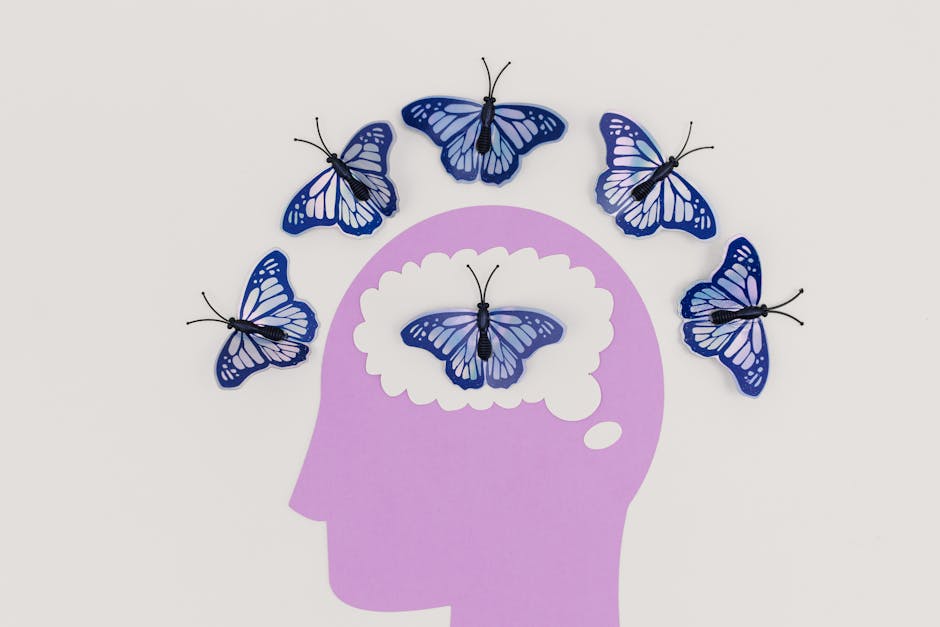Do We Really Use Only 10 Percent of Our Brains
The idea that humans use only 10 percent of their brains is a widely circulated myth. It has been referenced in movies, books, and motivational speeches, often as a way to suggest that people have untapped mental potential. However, scientific research strongly contradicts this claim. Neuroscientists have shown that nearly all parts of the brain have identifiable functions, and brain imaging studies confirm that even during simple tasks, multiple areas of the brain are active. Despite the persistence of this myth, modern neuroscience provides a much more accurate understanding of how the brain functions.
Origins of the 10 Percent Myth
The 10 percent myth likely stems from early neurological theories and misunderstandings of scientific research, though its exact origins remain uncertain. One possible source is psychologist William James, who suggested in the late 19th century that humans do not fully utilize their mental potential. His statements were later exaggerated into a false percentage-based claim.
Another contributing factor was research on brain damage and localization of function.

In the early 20th century, scientists discovered that damage to certain areas did not always result in complete cognitive loss, leading to speculation that large portions of the brain might be inactive or unnecessary.
Brain imaging technology was still in its early stages throughout the 20th century. Without direct evidence of widespread neural activity, some believed that significant portions of the brain were dormant. This misunderstanding contributed to the endurance of the myth.
Neuroscientific Evidence Against the Myth
Modern neuroscience has thoroughly debunked the notion that only 10 percent of the brain is used. Brain imaging techniques such as functional magnetic resonance imaging (fMRI) and positron emission tomography (PET) scans show that activity occurs throughout the entire brain, even when a person is at rest.
Strong evidence debunks this myth, including:
- Brain Damage Studies: If 90 percent of the brain were unused, injuries to these areas would have no effect on function. In reality, even small amounts of damage can cause significant impairment.
- Neural Plasticity: The brain constantly forms new connections and adapts to experiences, demonstrating its active engagement across multiple regions.
- Energy Consumption: The human brain accounts for about 20 percent of total body energy use despite being only about 2 percent of body weight, an indication that most of it is active.
Functions of Various Brain Regions
The human brain consists of multiple interconnected regions, each responsible for specific functions. These include sensory processing, motor control, memory formation, decision-making, and emotional regulation.
The cerebral cortex (the outer layer associated with higher cognitive functions) is always engaged in various activities such as reasoning and problem-solving. The cerebellum controls movement and balance, while deeper structures like the hippocampus handle memory processing.
The brain remains active at all times, even during sleep or rest, as neural activity supports essential functions like memory consolidation and autonomic regulation.
Cognitive Potential and Brain Efficiency
The persistence of the 10 percent myth may be linked to a misunderstanding about cognitive potential versus actual usage. While all parts of the brain are functional, individuals may not be maximizing their cognitive abilities due to factors such as lack of stimulation or inefficient learning methods.
Cognitive training programs suggest that mental abilities can be improved through deliberate practice. Activities like learning new skills, solving complex problems, and engaging in creative thinking help enhance neural connections and efficiency.
This does not mean extra "unused" sections exist but rather that existing neural circuits can be strengthened through consistent effort and education.
The Impact of Mainstream Media and Entertainment
Films and self-improvement books have helped spread the false idea that people use only 10 percent of their brains. Films like Lucy, starring Scarlett Johansson, explore fictional scenarios where unlocking more than 10 percent of brain capacity leads to superhuman abilities. While entertaining, such portrayals reinforce misconceptions about neuroscience.
Similarly, motivational speakers often invoke this myth to encourage individuals to push beyond perceived limitations. While personal growth is achievable through discipline and learning strategies, it does not involve activating dormant portions of the brain because none exist.
A More Accurate Understanding of Brain Function
The reality is that humans use their entire brains in complex ways. Every thought, action, and emotion involves coordinated activity across multiple regions. Instead of focusing on arbitrary percentages, it is more useful to explore how cognitive efficiency can be improved through better education and lifelong learning.
The human brain naturally adapts and improves through experience. Scientific research confirms that rather than being underutilized, it operates at a high level with remarkable efficiency.
The belief that humans use only 10 percent of their brains is a persistent myth without scientific basis. Advances in neuroscience confirm that all regions have important roles and are active under different circumstances. Functional imaging studies demonstrate widespread activity even during routine tasks, disproving any notion of dormant sections.
A more meaningful discussion involves how people can enhance their mental capabilities through effective learning strategies rather than chasing misleading claims about hidden brainpower. Understanding how cognition works allows for better approaches to education and skill development rather than relying on myths lacking scientific support.
Scientific American Nature National Institutes of Health